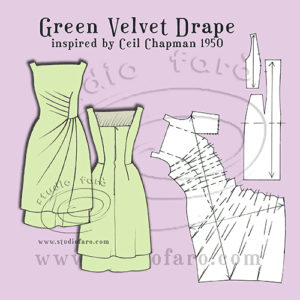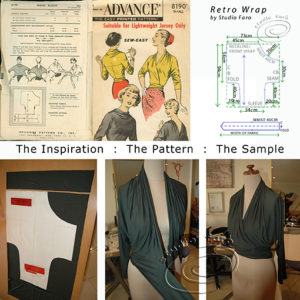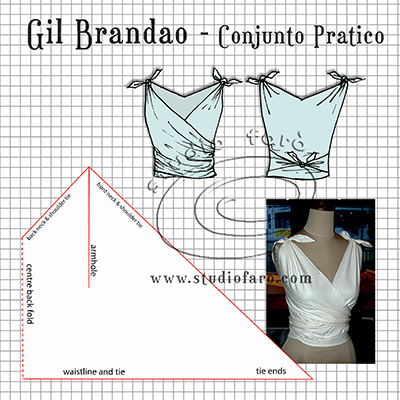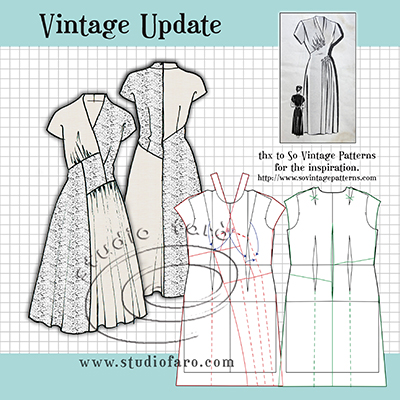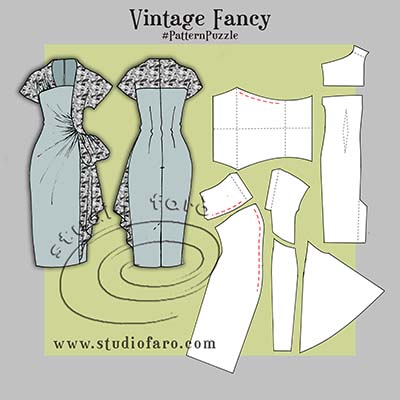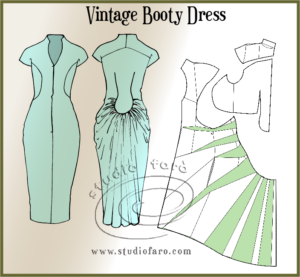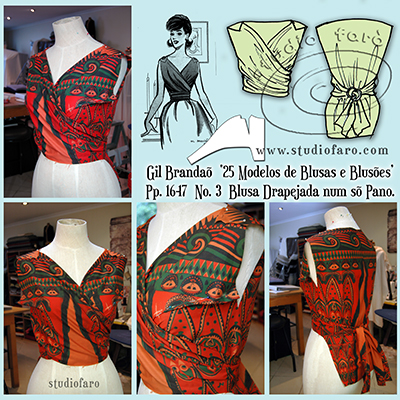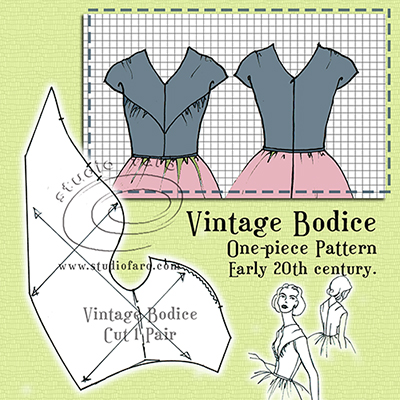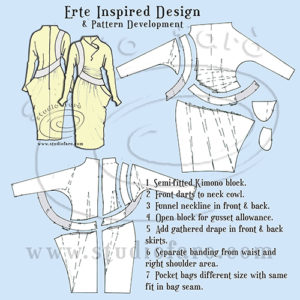13 Jun Vintage Patterns with My Fitted Dress Block
Posted at 15:57h
in Fitted Dress Block, Pattern Making, Pattern Making Instructions, Pattern Puzzles, Vintage Patterns
0 Comments
This is a short but dedicated post for all those lovers of Vintage Style. The focus is on using my fitted dress block to design and cut your own vintage dress sewing patterns. To work your way through the fitting process you can go to SHOP on the menu bar and checkout My Blocks PDF (downloads). The Fitted Dress block has to be one of my favourites and the best place to start for fabulous dress designs.
